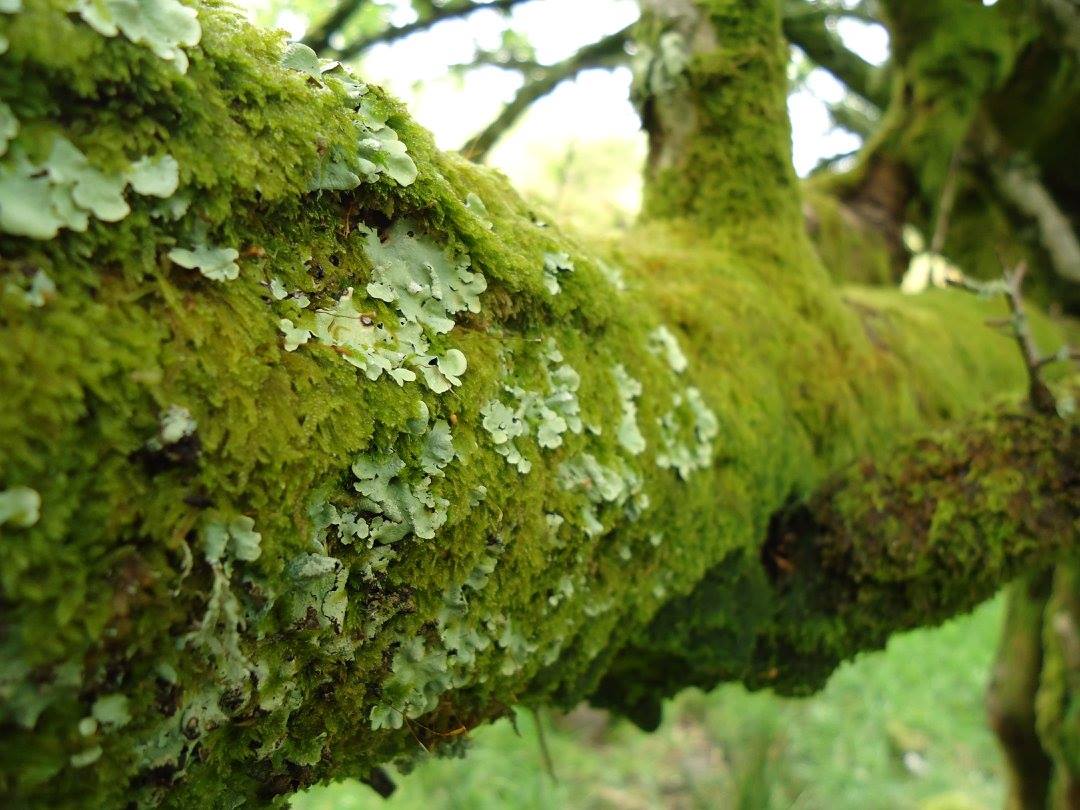Lichens are a type of symbiotic relationship between algae and fungi. The algae provide the lichen with food through photosynthesis and the fungi benefits by receiving nutrients and water from the algae. Lichens are found in many different locations including on rocks, trees, and soil. They come in a variety of colors including black, green, white, yellow, orange, and red. Some lichens can even be fluorescent!
Lichens are an important part of many ecosystems. They help break down organic matter, which provides nutrients for other plants and animals. Lichens also help prevent soil erosion by holding onto the ground with their roots (called rhizines). In cold environments, lichens can insulate the ground and prevent heat loss. And finally, lichens provide homes for many small animals like insects and mites.
There are two main types of lichens: foliose (leafy) and fruticose (shrubby). Foliose lichens grow flat against surfaces like rocks or tree bark. Fruticose lichens look more like miniature shrubs; they have stems that branch off into flattened leaf-like structures called lobes. There are also crustose lichens that grow close to the ground in a crust-like form.
Lichens reproduce both sexually and asexually. Asexual reproduction occurs when fragments of the thallus (the main body of the plant) break off and grow into new individuals. Sexual reproduction happens when special structures on the surface of the thallus release spores that germinate into new plants if they land in a suitable environment with enough light and moisture present.


